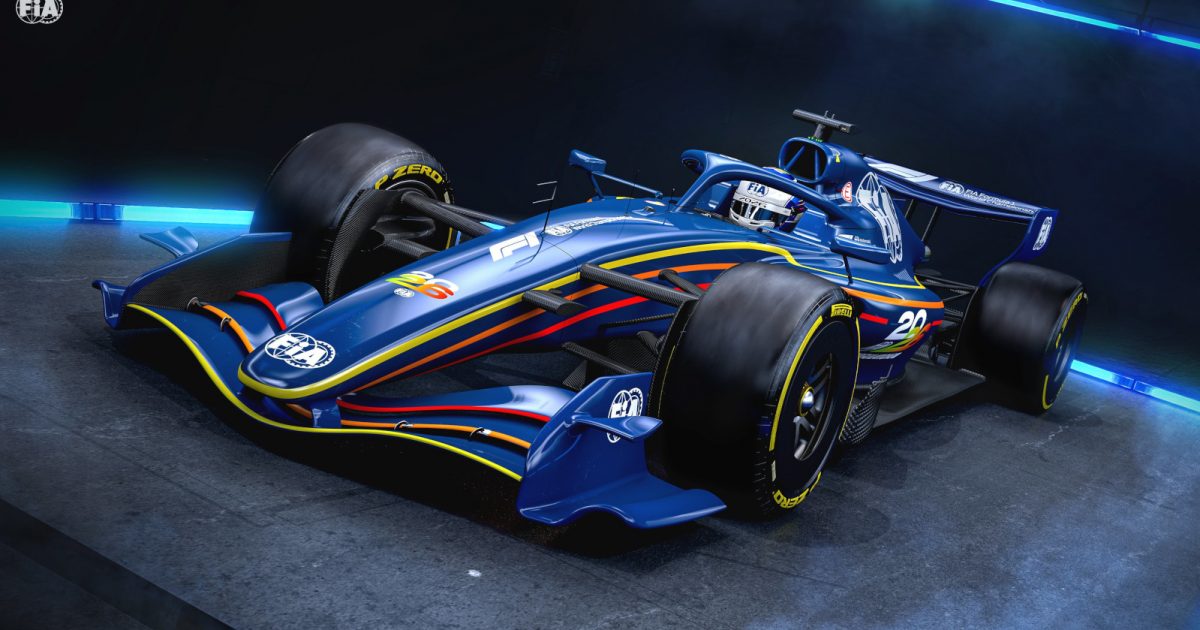New F1 2026 Rules Criticized as 'Not Very Racy' in Early Sim Test

A New Era for Formula 1: Stroll's Concerns About the 2026 Regulations
Formula 1 is preparing for a major transformation in 2026, with sweeping changes to both chassis and power unit regulations that are expected to reshape the sport. These updates are considered the most significant rule changes in the history of the World Championship. However, not everyone is excited about what’s coming. Lance Stroll, a veteran driver, has expressed his disappointment with the direction the sport is taking.
The Shift to Sustainable Power
Starting in 2026, Formula 1 will introduce power units that use a 50:50 blend of electrical power and traditional internal combustion engines. This move is part of the sport’s broader commitment to achieving Net Zero carbon emissions by 2030. Alongside this, fully sustainable fuels will be introduced for the first time, marking a shift toward greener technology.
In addition to these power unit changes, the sport will incorporate moveable aerodynamic devices. These features, known as X-mode (low downforce) and Z-mode (high downforce), are designed to improve energy efficiency and enhance overtaking opportunities. However, Stroll feels that these changes may not be ideal for the driving experience.
A Driver’s Perspective on the Changes
Stroll shared his thoughts after testing the new regulations in a simulation. He described the changes as “a bit sad,” expressing concern that Formula 1 is moving too much toward electric energy at the expense of traditional racing elements. He believes that the focus on battery power and energy management could detract from the excitement of the sport.
“I think it’s a bit of a shame,” he said. “Formula 1’s just taking that path of electric energy, and we’ve had to show all the downforce off the cars to support the battery power. I would just be fun to see some light, nimble, fast cars, with a lot of downforce, and just simplify the whole thing a bit.”
Stroll also pointed out that the new regulations may prioritize technical complexity over pure racing. He noted that the emphasis on managing energy and batteries could make the sport feel more like a science project than a competition.
The Impact on Car Design and Performance
The weight of F1 cars is also changing. In 2025, the cars weigh 800kg, including the driver but without fuel. This is a two-kilogram increase from 2024, accommodating taller drivers. For 2026, the weight will decrease slightly to 768kg, but it remains significantly higher than in the early 1990s, when cars weighed around 505kg.
Stroll argues that the increased weight, largely due to heavier batteries, makes the cars less dynamic and harder to handle on the track. This, in turn, affects the overall racing experience.
“Much of it is about deploying, harvesting, and managing energy,” he admitted. “I don’t know if that’s racing. But it’s going to be the same for everyone next year, and it’s all going to be about who can do that the best.”
A Mixed Outlook for the Future
While Stroll isn’t a fan of the direction the regulations are taking, he acknowledges that if teams can adapt and remain competitive, they won’t have much to complain about. He also mentioned that many drivers likely share his concerns, even if some might express them for political reasons.
He envisions a future where cars are lighter, faster, and less reliant on complex energy systems. “It’s exciting to think about cars that can scream a little bit louder, be a bit lighter, and just not depending, or not focus so much on that energy—battery, powertrain—that’s not very racy.”
Team Developments and New Directions
As the sport moves forward, team strategies are also evolving. Aston Martin will become the factory Honda squad in 2026, as the Japanese manufacturer shifts its allegiance from Red Bull. The Silverstone-based team has also brought in Adrian Newey, whose expertise will play a key role in developing next year’s car. With a newly opened wind tunnel and expanded facilities, the team is well-positioned to tackle the challenges ahead.
Despite the uncertainty surrounding the new regulations, the future of Formula 1 continues to evolve, with both excitement and skepticism from within the paddock.